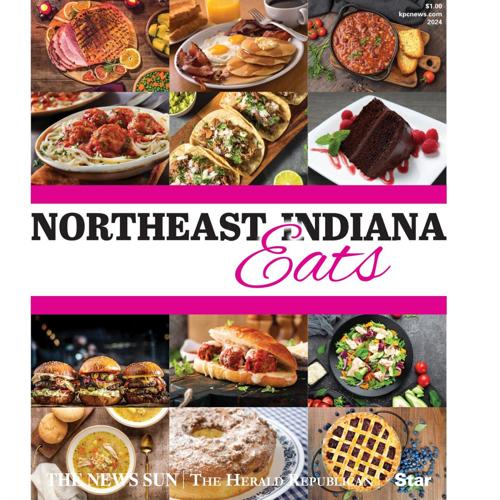Things marketed for single-serving consumption multiply waste but a University of Michigan expert says it’s not just packaging that affects the environment, it’s unnecessary consumption.
The U.S. Environmental Protection Agency defines containers and packaging as products that are assumed to be discarded the same year the products they contain are purchased. Containers and packaging make up a major portion of municipal solid waste — 82.2 million tons in 2018. According to EPA data, 44.3 million tons of it was recycled.
EPA statistics show climbing solid waste numbers, from 27 million tons of containers and packaging in 1960 to 75.8 million tons in 2000. From 2010 on, about half of the discarded packaging and containers were recycled.
In an Oct. 26 article in Environmental Science and Technology, University of Michigan environmental engineer Shelie Miller says recycling is not the best option for reducing environmental impacts. Instead of concentrating on how to lessen the effects of packaging, people can look at how to lower their overall consumption.
Most of the environmental impacts of many consumer products are tied to the products inside, not the packaging, says Miller.
She suggests “mindful consumption that reduces the need for products and eliminates wastefulness” over recycling.
Mindfulness is the state of being conscious or aware. Mindful shopping starts with a list.
“If you’re shopping on the internet or by phone, keep the specific plan open beside you,” says April Lane Benson in an article posted Feb. 24, 2009 by Psychology Today. “This plan should always start with a list of the specific items that you intend to purchase. Once this list is complete, evaluate the necessity of each item on your list and assign each item a score. If the item seems totally unnecessary, it gets a zero; if it’s somewhat necessary, it’s at one-third; very necessary, two-third; and if it’s essential, it should be a 1. Any items with low scores should be seriously reconsidered.”
Benson suggests allocating your time in a store and having a route in mind through the aisles to prevent browsing, which encourages additional purchasing. She also recommends a “mindful pause” prior to putting each item in the cart, asking yourself questions like if you really need the item, if you could wait to purchase it and if you can afford it.
In addition, keep in mind the environmental impact of packaging and containers.
For example, shoppers generally have the option to purchase a jar of applesauce that can be stored in the refrigerator after opened or a cardboard-wrapped six-pack of plastic cups with adhesive foil or plastic lids. Each cup contains around 4 ounces of food. A typical jar of applesauce holds 48 ounces. So, choosing a jar over single servings would keep 12 plastic cups, 12 foil lids and three cardboard boxes out of a landfill and a beleaguered recycling network.
There are definite applications for the single-serve applesauce, such as lunch boxes and traveling. In a home where there is a refrigerator, choosing single servings over a jar is wasteful.
This is a choice that must be made by the consumer. It is not always an economic decision. In comparing prices on Walmart’s web site, the cost of 24 ounces of a particular brand of applesauce is the same as six 4-ounce cups, $1.98. The consumer is invited to purchase convenience, but along with it, trash.
“The FoodPrint of Food Packaging” is available at foodprint.org, a project of GRACE Communications Foundation, an organization focused on creating public awareness about the current industrial food system. The in-depth report explores health and environmental concerns and provides tips for making good consumer choices.
“In places where the water supply is not reliable or safe, of course, bottled water can be life-saving. But for many people in this country, bottled water is more about convenience, taste (or the perception of taste) and our susceptibility to the claims of the companies peddling the bottled water: that it comes from fresh mountain springs or offers unspecified health benefits,” says the report.
For northeastern Indiana residents who live where clean, abundant water sources are available, plastic water bottle waste could be ended simply by using a cup and water tap at the kitchen sink.




































































(0) comments
Welcome to the discussion.
Log In
Keep it Clean. Please avoid obscene, vulgar, lewd, racist or sexually-oriented language.
PLEASE TURN OFF YOUR CAPS LOCK.
Don't Threaten. Threats of harming another person will not be tolerated.
Be Truthful. Don't knowingly lie about anyone or anything.
Be Nice. No racism, sexism or any sort of -ism that is degrading to another person.
Be Proactive. Use the 'Report' link on each comment to let us know of abusive posts.
Share with Us. We'd love to hear eyewitness accounts, the history behind an article.